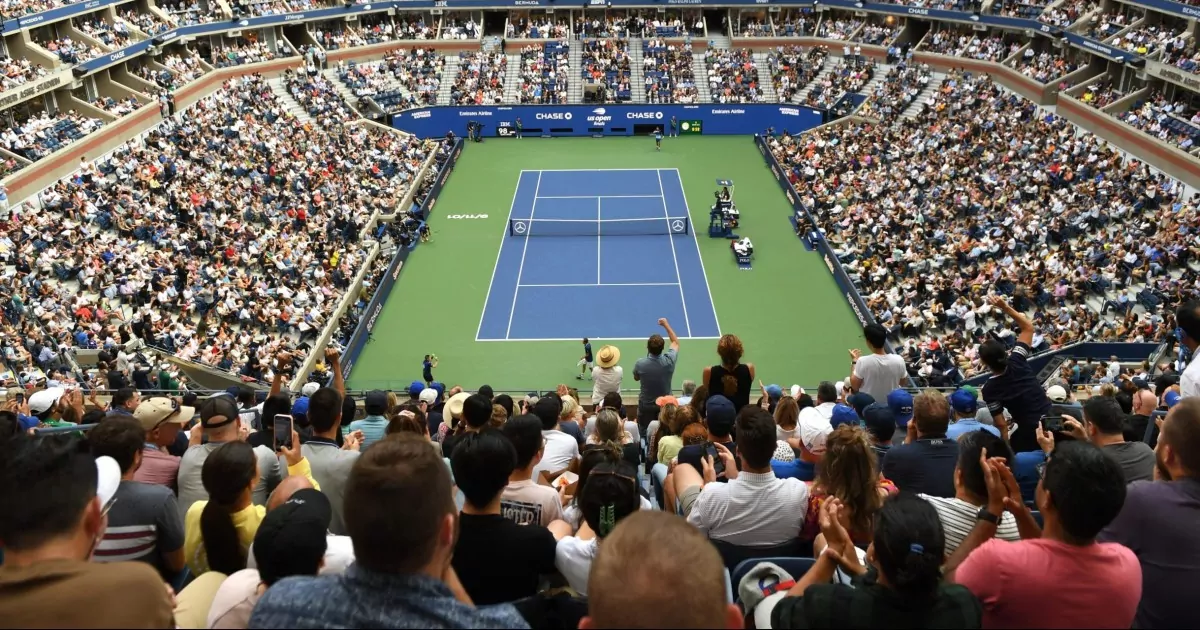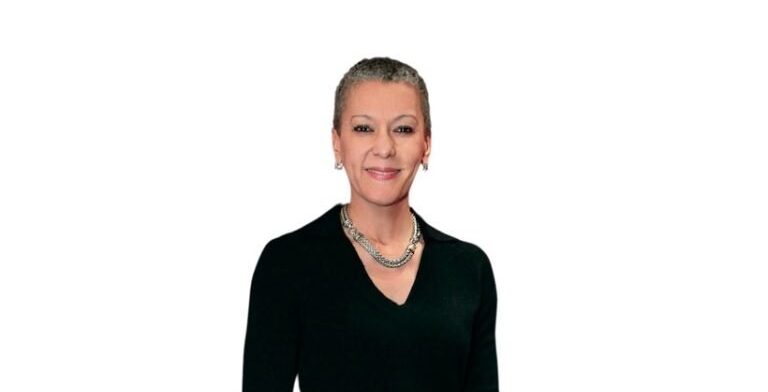From the call of the matches to calls on the lines, the U.S. Open is more technology-driven than ever before, benefiting players and fans alike. Let us set the stage; imagine one of your favorite players is in the midst of a critical match. You watch nervously with a passionate focus, just as you had always done before. But, just as before, you want to know more than just the score and the expected facts and statistics.
This year with IBM’s watsonx technology, this year at the U.S. Open, that dream will come true. On each of the 17 singles courts at Flushing Meadow, IBM’s AI will provide a voice feed of highlights for each point played that goes beyond the speed of a serve and who won.

“Every year, we want to see how we can bring the U.S. Open to more people in a more engaging way, no matter where they are, and this year is no exception,” says Noah Syken, IBM’s Vice President of Sports and Entertainment Partnerships. “Fans will now be able to catch the best moments from every singles match throughout the tournament with context and insight unlike ever before.”
IBM’s Draw Analysis AI—the first statistic of its kind in tennis—knows each player’s strengths and weaknesses, tendencies, past match history, and likelihood of winning. It can define how favorable the path to the final might be for each player in the singles draw. A scaled rating system will tell fans how likely a given player is to win the tournament based on factors, including the player’s match-ups against potential future opponents and how the player’s position in the draw compares to competitors.
In addition, IBM’s AI technology can now analyze every serve, forehand, and unforced error in real-time. The result is a global audio feed full of more information than ever available to the sport’s spectators. These tools will add to the suite of AI-powered digital tools for fans on the Wimbledon App and wimbledon.com. They include the IBM Power Index Leaderboard, IBM Match Insights, and Personalized Highlights Reels and Recommendations.

“As the U.S. Open’s official technology partner for over 30 years,” notes IBM’s Syken, “our relationship provides the unique opportunity to showcase the full breadth of IBM’s capabilities—particularly our AI capabilities powered by watsonx—in the context of an event with serious interest from fans and with partners that really embrace the fan experience.
“Collaborating with the USTA team to make sure fans are enjoying the U.S. Open no matter where they are is the priority for all of us,” Syken says. “We’ve been able to create innovative digital properties with USOpen.org and the US Open app by activating the same hybrid cloud, AI technology, and IBM Consulting services that we use with our clients across all industries.”
The other major change, now in its third year at the U.S. Open, is the Hawkeye Line Calling System, which has replaced around the 250 human judges who used to be responsible for calling serves and returns. The Hawkeye System first came into use at the U.S. Open during COVID-19, when line judges all but Arthur Ashe and Louis Armstrong used the system to limit the potential spread of the coronavirus.
The system proved so accurate—its inventors claim that accuracy is within a tolerance of 1 mm—that the powers at the U.S. Open decided to use it for every match, on every court, even after the COVID-19 pandemic. The result is far fewer missed calls and far fewer arguments between players and officials, making for a smoother game. Players, by and large, are delighted with the system because although it may not be perfect, it’s not subject to human error.
Intriguingly, the Hawkeye technicians recorded some of the line judges’ calls, which can be heard after certain shots. The system even plays the calls louder after close shots to “sell” the call to players and fans. Most players would never go back. It’s impossible for a human being to stand practically at attention hour after hour, stay focused, and make every call correctly. AI can fill that gap, deliver a fairer system for players, and provide a better experience for fans.
Interested in the intersection of tech & sustainability? Check out this video from one of our recent events












